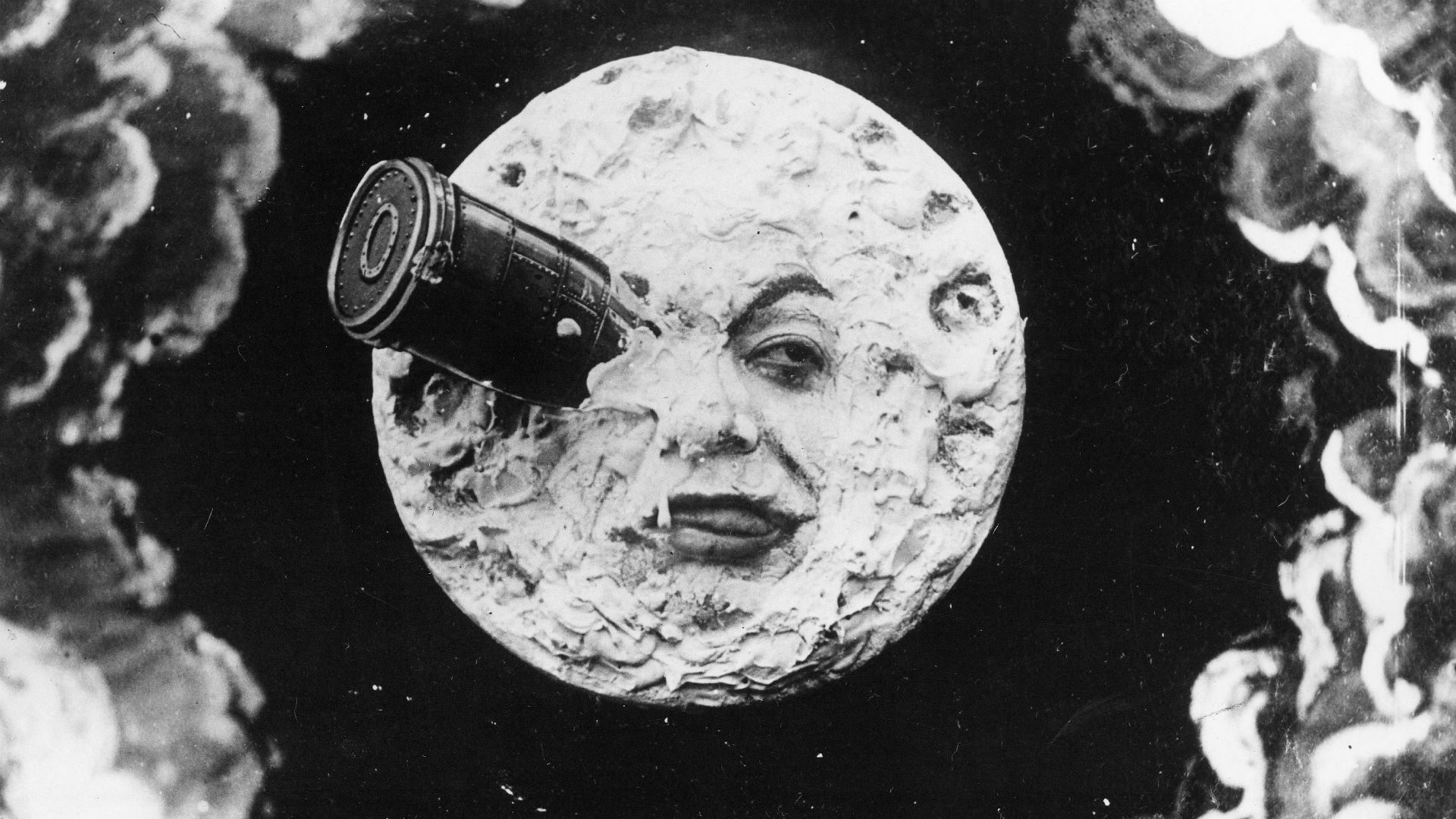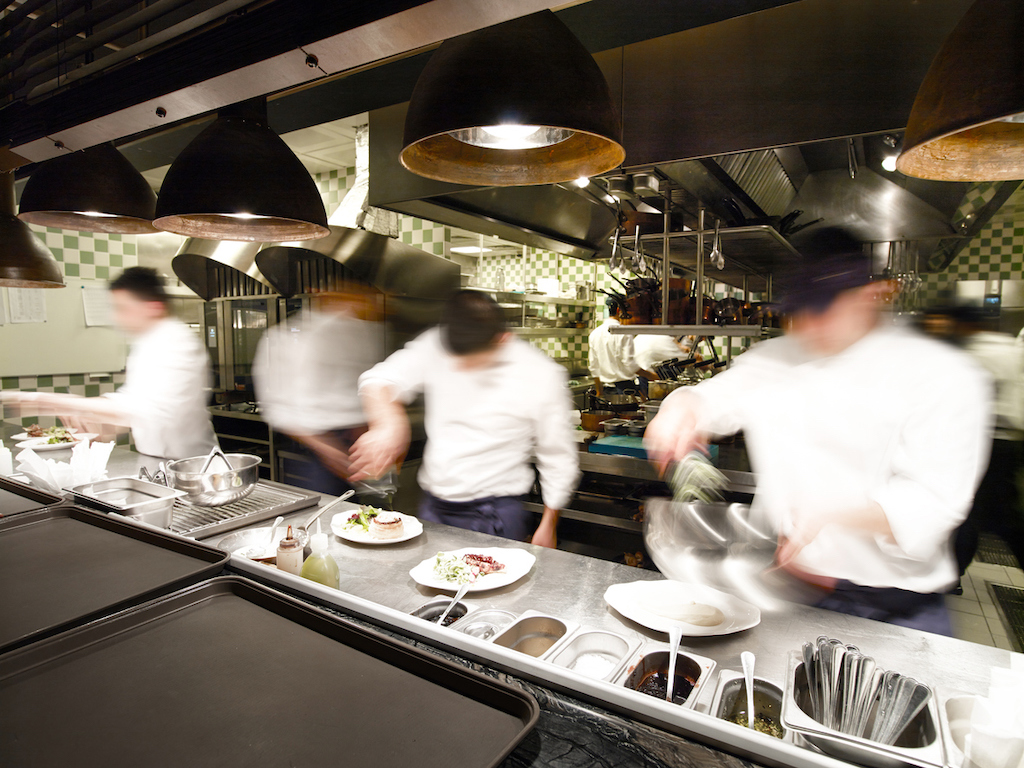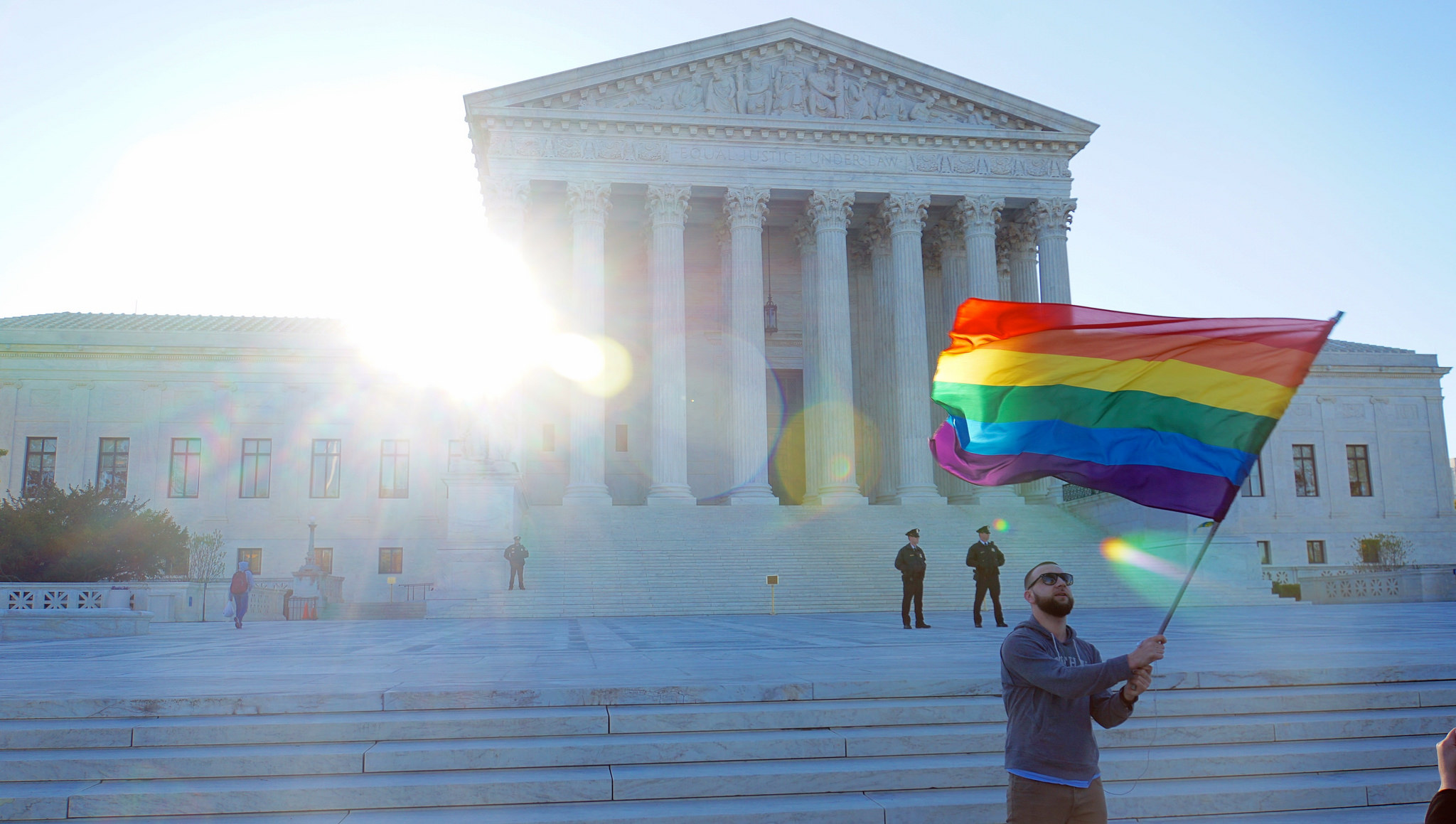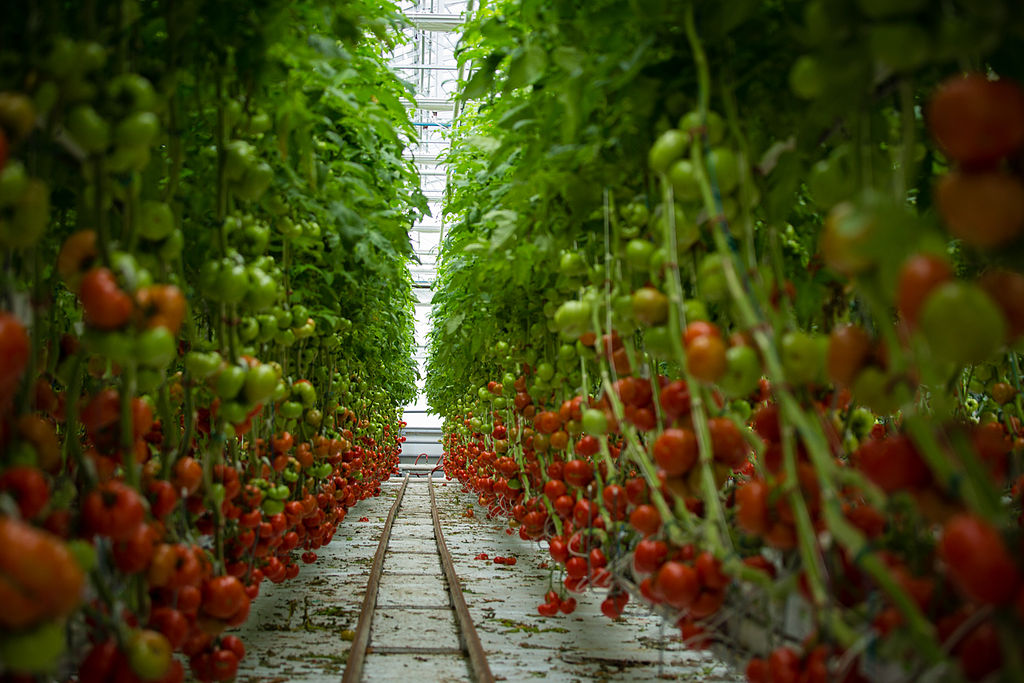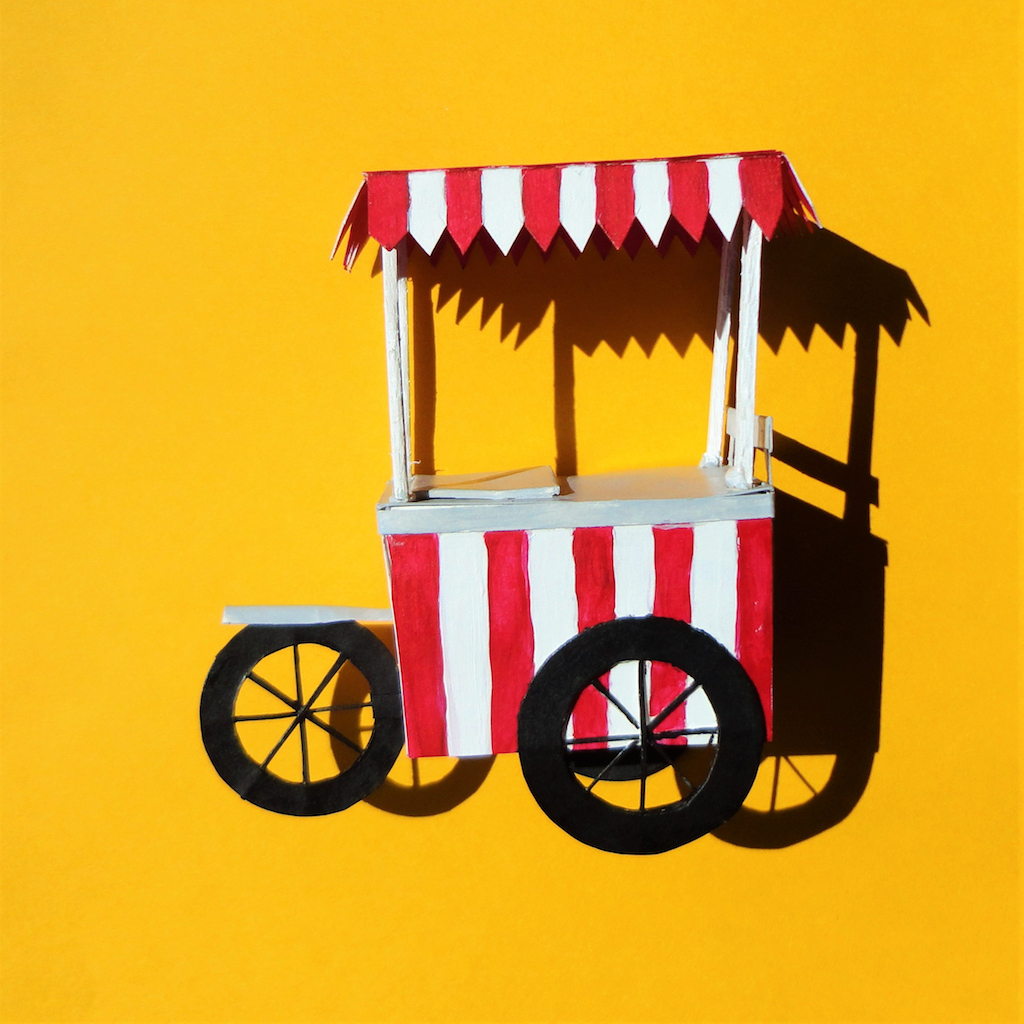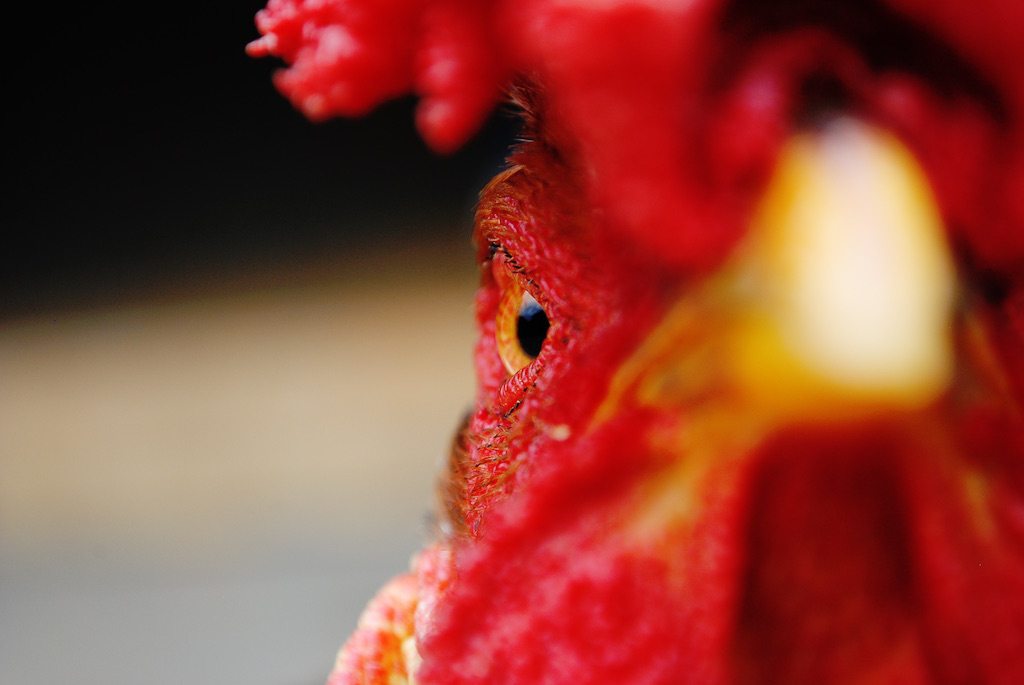The liquor industry is harshing on legal pot’s buzz
In November, eight of the nine states that had marijuana measures on the ballot voted in favor of loosening rules. Among those states were Massachusetts, Nevada, Montana, and Arkansas. In California, voters approved Proposition 64 (20 years after it became the first state to legalize marijuana for medicinal use), which made it legal for people over the age of 21 to possess up to an ounce, as well as share and grow plants–even at home. But it’s likely California cannabis consumers won’t be able to buy it in an actual store until 2018. There is no legal market to date and there are plenty of regulatory tangles ahead.
Meanwhile, the recent efforts to legalize have another industry feeling anxious: Big Booze (BB). The Intercept reported back in September about the fairly robust liquor lobby that’s emerged to fight against efforts to legalize pot: Beer Distributors PAC, for instance, which represents 16 distributors in Massachusetts, is reported to have given $25,000 to the effort. BB’s working theory? More ways to relax and get intoxicated means liquor sales will take a hit.

Screenshot from “Neighborhoods,” an anti-pot-legalization ad run in Massachusetts
Leaving aside for the moment the open hypocrisy on display here from an industry that insists it doesn’t want or expect its customers to become intoxicated on the intoxicating product it sells, there’s another key question at play: Is it actually true that legal pot crimps alcohol sales?
The network of states with fully functioning legal marijuana industries hasn’t been around long enough for us to know for sure, but so far, it appears that the booze biz has in some ways actually benefitted from legalization. At its core, this is an issue on which we can employ some basic economics jargon. Is legal pot a “complementary good” or a “substitute good” for consumers? In one way, it is neither–it’s a separate product altogether. Or, perhaps more accurately, it is both, at different times and for different people. Some folks quit drinking, and, to make up for the loss of that vice, smoke pot. Others like to pass a fatty around with their friends while also drinking a Sam Adams or a Bud.
It’s a complicated situation, and some recent studies show that the particular parts of the liquor industry currently finding themselves concerned should probably quit their worrying. In fact, they might even do better to get on board with legalization.

An advertisement in Massachusetts
One such study, conducted in 2014 by the National Bureau of Economic Research, looked at seven states that between 2004 and 2011 allowed sales of medical marijuana. Researchers found that in those states where medical marijuana was legal, the looser restrictions were responsible for an increase in “binge drinking” (that is, four or more drinks at a time) of between 6 percent and 9 percent. That might not be the healthiest thing for society as a whole, but, if accurate, it’s certainly healthy for the liquor industry’s bottom line.
Ah, but the liquor industry insists that its products aren’t meant to get people liquored up, right? Well, that’s the pretense, but it’s a little hard to take seriously when the industry is arguing that it faces direct competition from a product that intoxicates even in small doses. There is no marijuana equivalent of “social drinking.” If you smoke pot, you get high, period. That’s the whole point.
But let’s allow that the liquor biz has little choice but to be a bit two-faced on this score. Even then, its worries over legal pot seem overblown. Colorado legalized pot for all adults in January 2014. Most reports on its booming bud industry so far indicate that legal pot not only doesn’t hurt liquor sales, it may actually be helping to boost them. Observers attribute at least some of the increased sales to “pot tourism.” People are travelling to Colorado to smoke legal weed, and–tourists being tourists–they’re doing a fair bit of drinking, too. That might change as more states legalize weed, and, perhaps, as the novelty wears off. In the meantime, researchers will continue to study the effects of legal pot on liquor sales.
One thing we shouldn’t rely on for context is pontifical quotes from stock analysts. The Financial Times last month talked to Trevor Stirling, a European beverage analyst for Sanford C. Bernstein, who declared drinkers of craft beers are “hipster” potheads, while drinkers of Budweiser are reg’lar workin’ joes who don’t hold with no hippie crap. That, Stirling explained, is why craft brewer Boston Beer Company, which makes Sam Adams, has said legalization is a risk to its sales, while Anheuser-Busch InBev, which makes Budweiser, has not.
Which is nonsense, of course. Plenty of reg’lar joes toke up, and plenty of craft-brew-loving hipsters do not. Nobody knows the bottom-line numbers for how those groups behave, partly because terms like “hipster” don’t actually mean anything when it comes down to measuring such things. More than that, though, Stirling’s take is missing another big nuance chip: In the world of “craft brewers,” there are Big (Boston Beer Company) and small, those getting infusions of cash from Annheuser-Busch In Bev (Goose Island, for instance) so they can scale, and those who deliberately resist selling in the bigger markets so they can stay “craft”, in the reductive way we’re given to categorizing these things. In other words, when it comes to which parts of the booze industry back legalization efforts and which ones fight them, culture could certainly play a role. But it may have much more to do with culture of the corporate kind, than of the cannabis-consumer kind.
And where does Wine & Spirits stand on all this? Well, according to The Intercept’s story, the Arizona Wine and Spirits Wholesale Association recently gave $10,000 to an opposition group fighting legalization. But that hardly tells us anything about the industry as a whole (an industry, by the way, which does somewhere north of $200 billion a year, according to various sources).
Until we know more, it may behoove the liquor industry–one that has a deep interest in keeping government out of people’s personal business–to just remain silent.

